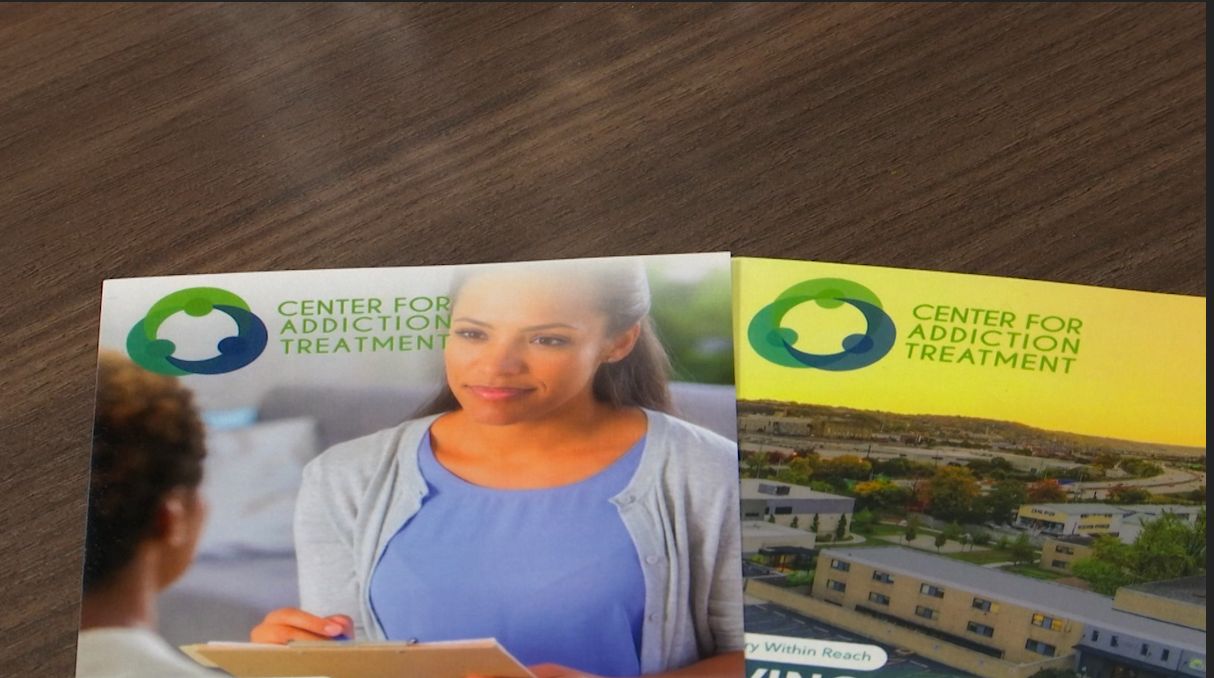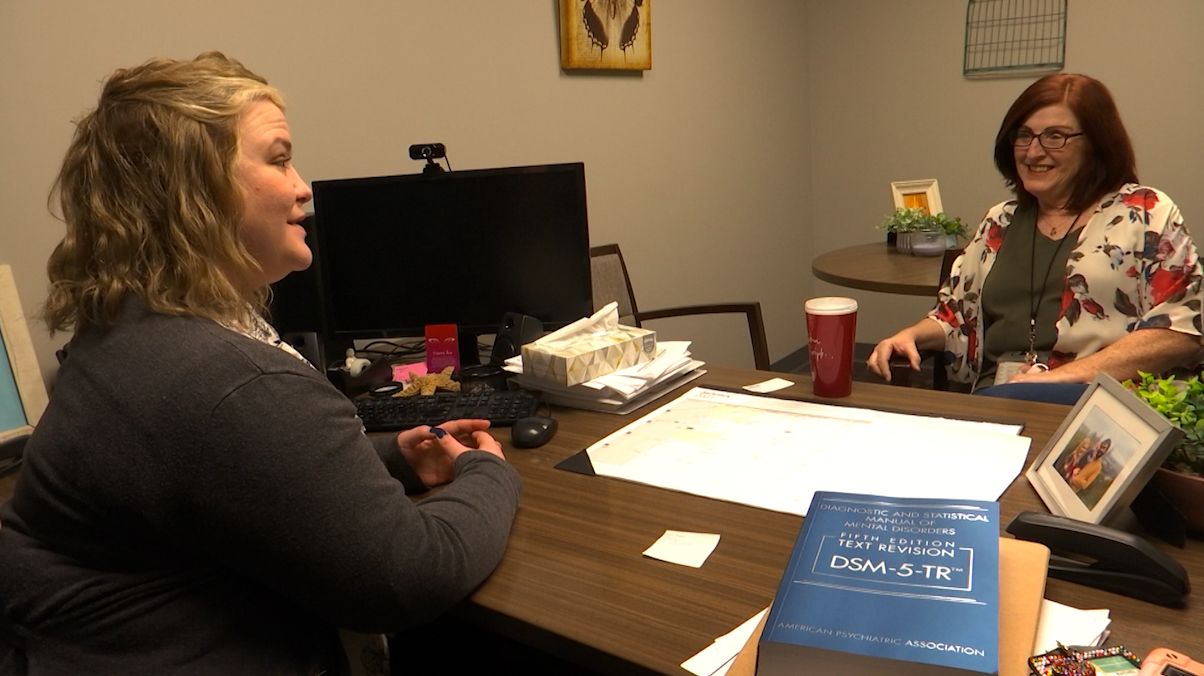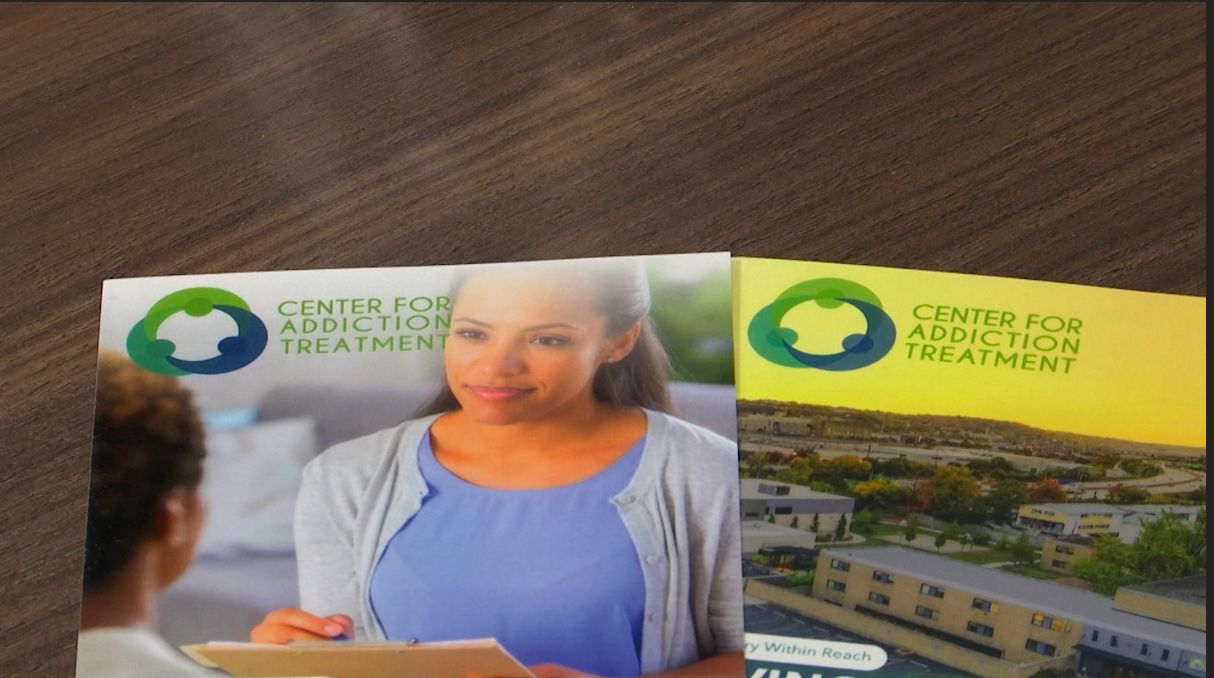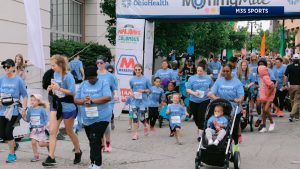CINCINNATI – Taylor Lilley knew she had a drug and alcohol problem long before 2020, but with the opportunity to hide behind her mask and inside her home, that was when her addiction spiraled out of control.
She didn’t have to face her friends, family, or even the world. Even when she was out in public, no one could really see her face. All the signs of substance abuse were well-hidden, until suddenly, the masks started coming off.
Lilley was one of thousands caught in the middle of a secondary pandemic, a surge in diseases of despair.
“It was easier for me to isolate and drink or get high,” she said.

Substance use had been trending up in the past few years, but according to the Addiction Center, 2020 was the deadliest year in drug history in the United States, with a 59% increase in alcohol use and a record year for opioid overdoses.
The spike was particularly noticeable among women, as a study from the Rand Foundation found roughly one in seven women had increased the frequency of their drinking and heavy drinking episodes among women were up 41% from 2019.
Rachel Johnson, the senior director of clinical services at the Cincinnati Center for Addition Treatment, said this trend reflects what her staff has been seeing among the women coming in for treatment in their withdrawal management and residential units over the past two years.
“The stress of just that day-to-day life, that created a lot of potential for relapse or for use so we’re seeing a lot of increased use throughout that time frame,” she said.
When the pandemic was at its height, Johnson said many out-patient services went remote, as did counseling and group programming leaving places like CAT struggling to engage with their recovery patients and ensure they were on track with their treatment. Now with programming back, Johnson hopes CAT is turning a corner when it comes to treatment.

“All those red flags, all the hoops we had to jump through because of all the different boundaries and barriers in place, those aren’t as impassable now,” she said. “It feels safer to be in twelve-step programs and support systems.”
As for Lilley, she said it was rebuilding a community with accountability that helped steer her toward recovery.
“When the pandemic started easing up a little bit and people started getting out more, masks started coming off, so I’d have to show my face,” she said. “I wanted to keep the mask on. So that’s when I started realizing I might have a little bit of a problem.”
Lilley started treatment in Houston, eventually coming to Cincinnati to work with a recovery housing program. Now, roughly 20 months into her recovery, she’s found a new job as a peer supporter at CCAT.
“It wasn’t that long ago when I was in the same shoes as them, so I think that also kind of gives them some hope,” she said.




